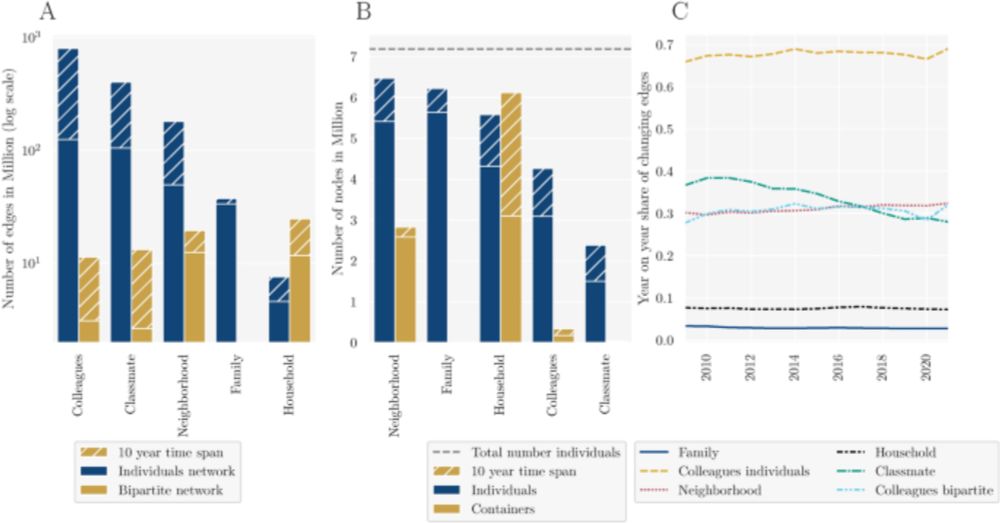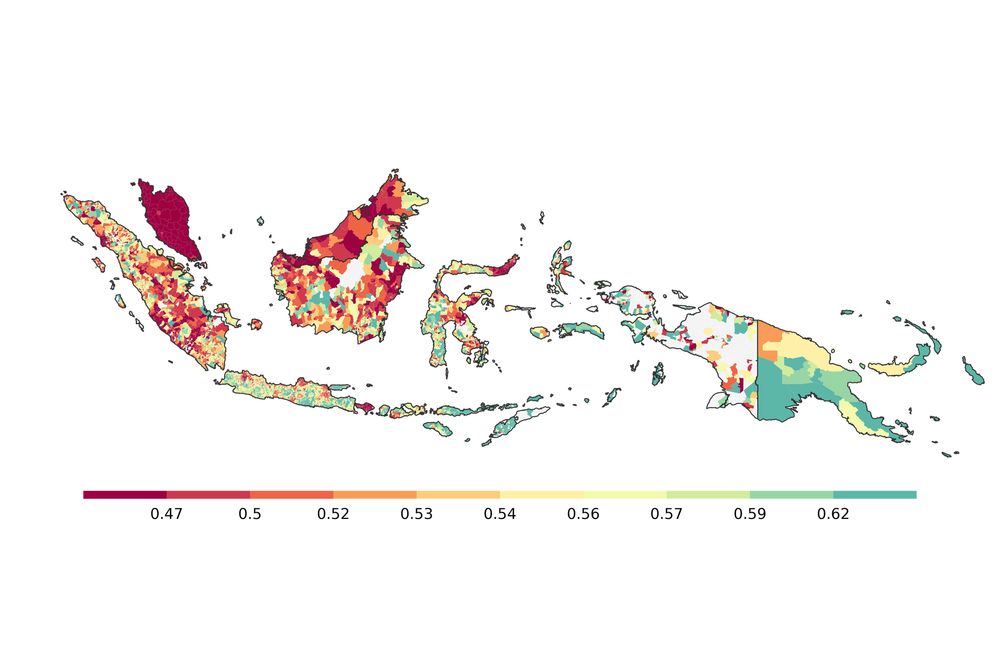Drew Johnston
@drew-johnston.bsky.social
1K followers
460 following
33 posts
Postdoctoral Research Scientist @Meta. I like computers, cities, and social networks.
https://drew-johnston.com
Posts
Media
Videos
Starter Packs
Drew Johnston
@drew-johnston.bsky.social
· Jul 21
Reposted by Drew Johnston
Drew Johnston
@drew-johnston.bsky.social
· May 30
Drew Johnston
@drew-johnston.bsky.social
· Mar 24
Drew Johnston
@drew-johnston.bsky.social
· Mar 17
Drew Johnston
@drew-johnston.bsky.social
· Mar 17
Drew Johnston
@drew-johnston.bsky.social
· Mar 17
Drew Johnston
@drew-johnston.bsky.social
· Feb 13
Drew Johnston
@drew-johnston.bsky.social
· Feb 12














